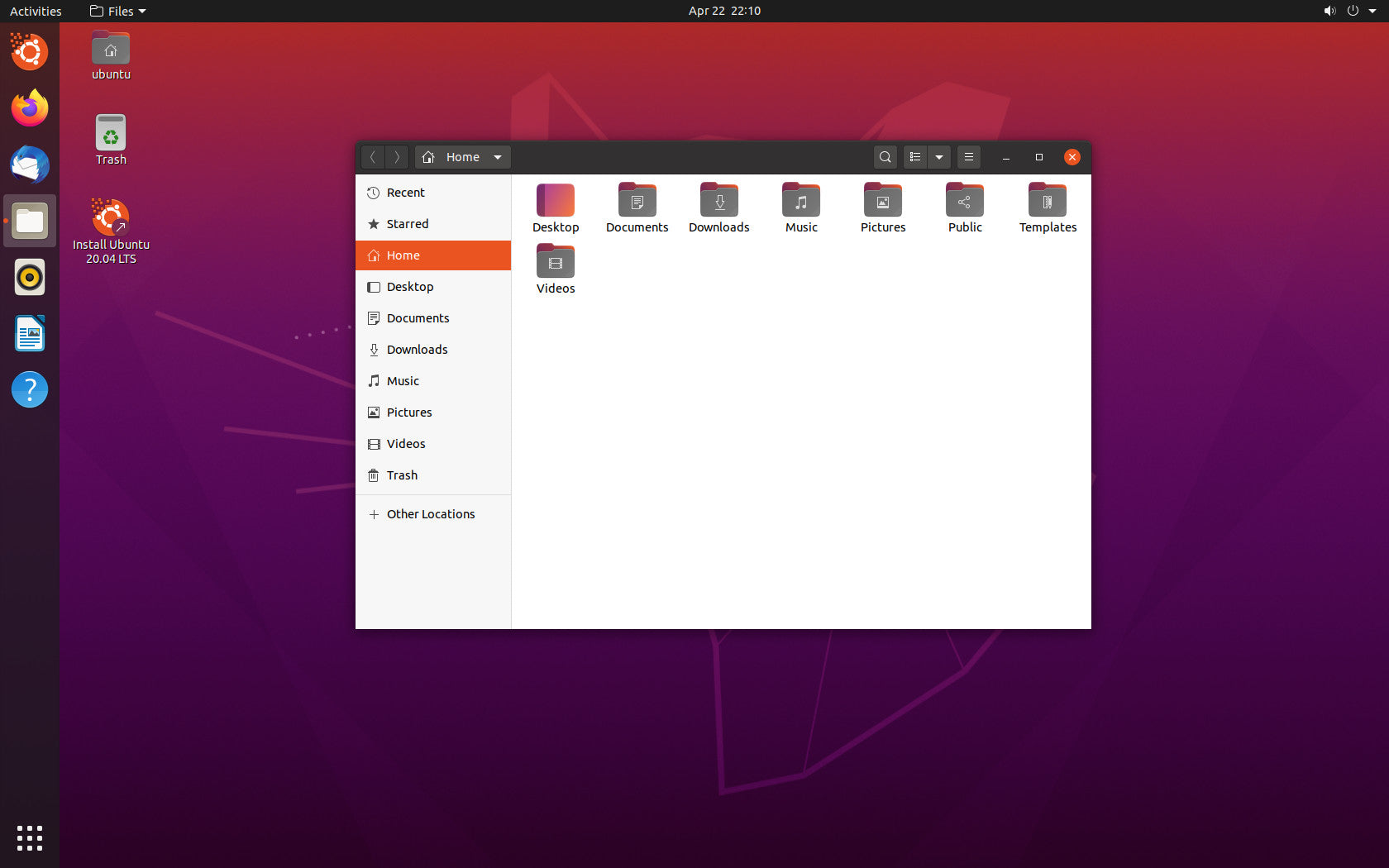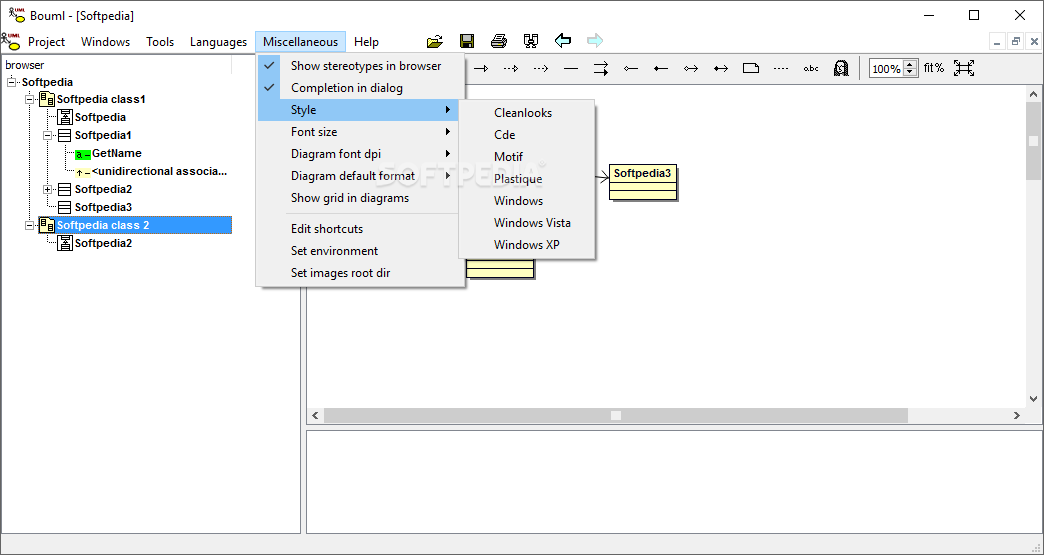

Transferring major services and applications to the cloud has created new demands for productive software development. Not surprisingly, software development environments consist a critical application domain that has also gained significant popularity through its “cloudified” versions.
Bouml usage ubuntu professional#
This trend includes, among numerous others, file hosting and gaming for home users, office applications for home and professional users and large, complex business applications for customer management, logistics and collaboration. The proliferation of the cloud paradigm has created a strong trend to transfer traditional services and applications to the cloud. 2012) etc., have found their way to the cloud creating a demanding and fast evolving new ecosystem. On the application side, large families of applications including desktop, business, entertainment (Simmhan et al. Economy of scale enables additional decrease in total market costs, as numerous small-scale and typically underutilized data centers are replaced by larger infrastructures that target higher resource efficiency (Beloglazov et al. Leveraging its various service types, large and diverse user communities have adopted the cloud paradigm enjoying the following two key offerings: (a) low costs by releasing users from the burden to invest on hardware infrastructures and software licenses, and (b) reduced operational complexity, as organizations are able to focus on the quality of their products and services rather than on the management of complex IT systems (Armbrust et al.

Within the past few years, cloud computing has emerged as a dominant computing model in IT infrastructures, enabling flexible, ubiquitous, on-demand and cost-effective access to a wide pool of shared resources (Barroso et al. These challenges are discussed in the article, while a conclusion is drawn that although several steps have been made, a compact and reliable solution does not yet exist. However, a number of important challenges need to be addressed for this approach to be viable. The conducted survey proves that software engineering in the cloud era has made its initial steps showing potential to provide concrete implementation and execution environments for cloud-based applications.

repository functionality, version control) and post-development application hosting and we compare the surveyed systems. editor capabilities, debugging tools), support for collaboration (e.g. programming and database technologies supported), productivity enhancement (e.g. In this work we evaluate the existing cloud development ecosystem based on a wide number of characteristics like applicability (e.g.
Bouml usage ubuntu code#
The surveyed systems cover the whole spectrum of cloud-based development including integrated programming environments, code repositories, software modeling, composition and documentation tools, and application management and orchestration. This paper provides an overview of the state of the art technologies for software development in cloud environments.


 0 kommentar(er)
0 kommentar(er)
